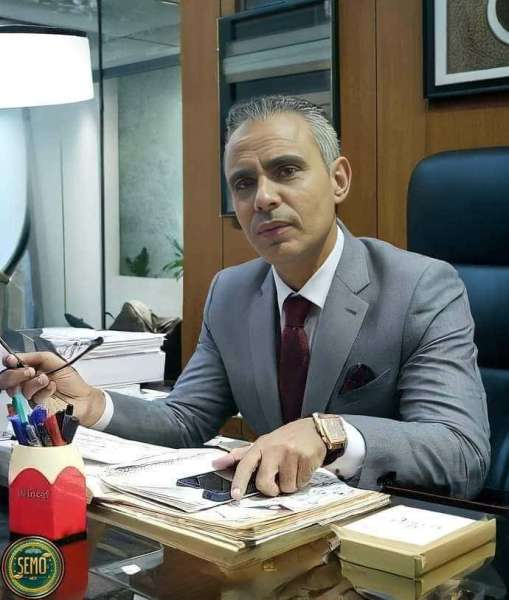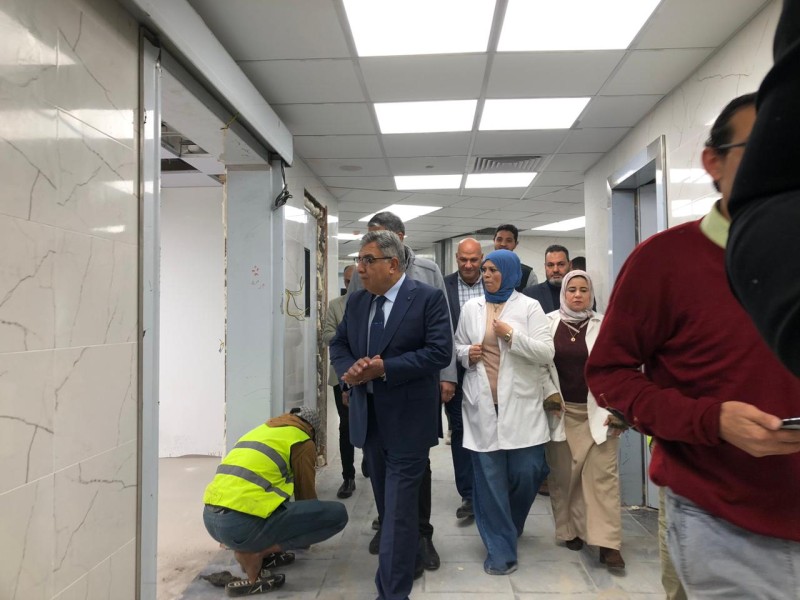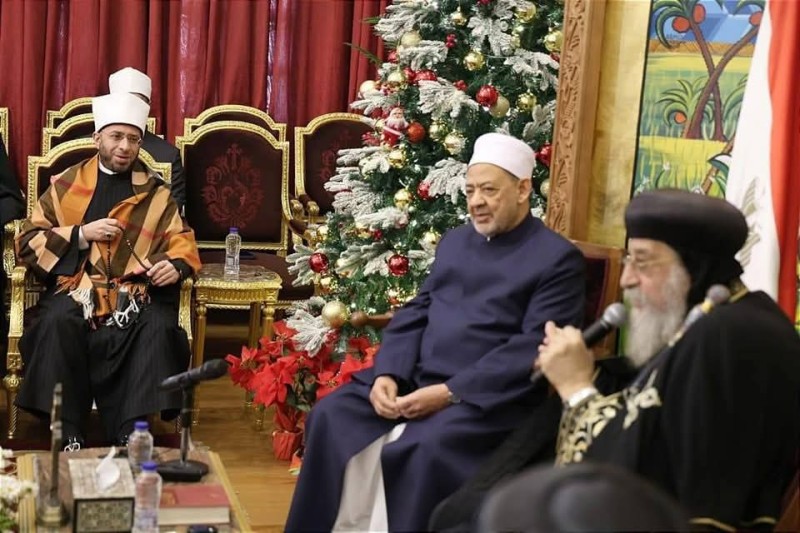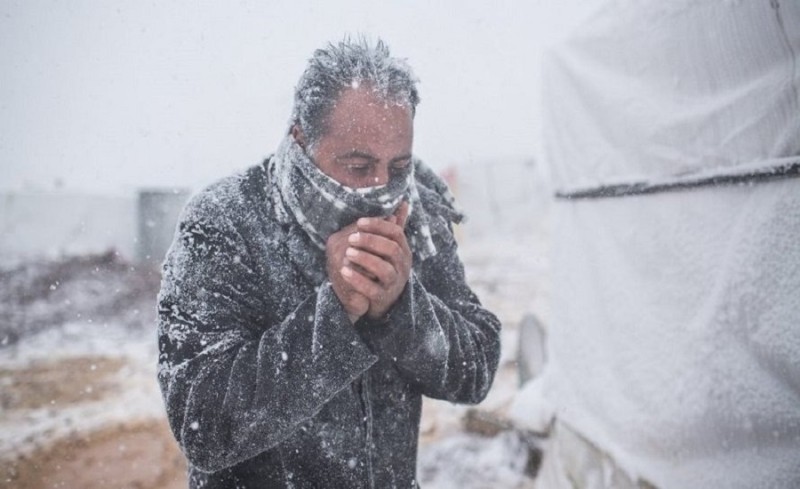The house of Zainab Khatoun ... a beacon for science and the arts

Architectural masterpieces Cairo bears, between palaces, graves, museums, mosques, churches, mausoleums, monasteries, walls, gates, and hospitals, all of this made Cairo, a witch to the eyes, astonishing for the minds, capturing the hearts of its lovers.
Among the architectural masterpieces that Cairo bears is the house of Zeinab Khatoun, which is located in the heart of Old Cairo at the intersection of Atefa Al-Azhari with Al-Enaba Alley behind Al-Azhar Mosque.
And it is located among a wonderful group of Islamic monuments, and dates back to the construction of the house to the fourth century AH and the tenth century AD.
It is considered one of the prominent examples of houses of the Mamluk era, because of its artistic creativity that represents this era in terms of planning that is compatible with the nature of the house's inhabitants from the class of rulers and princes in this period, and contains various architectural and decorative elements such as windows, mashrabiyas, wooden ceilings, ornate and gilded cabels, marble floors, etc. .
This palace was, in the beginning, the property of Princess Shaqra Hanim, the granddaughter of Sultan Al-Nasir Hassan bin Qalawun, one of the Mamluk sultans, and it was inherited by her sons until the Ottomans entered Egypt in 1517, then the honorable Prince Hamzah Al-Kharboutli bought it and gifted it to his wife Princess Zeinab who was One of the servants of the Mamluk Prince Muhammad Bey al-Alfi, who had freed her before that, and the title of Khatun, meaning the honorable honorable woman, was added to her name, so she became Zainab Khatun, and the house was named after her since then.
Khatun Hanim had an important national role in the struggle against the French campaign against Egypt in 1798, as she sheltered the fedayeen and the wounded who sought refuge in the house when pursued by the French, and the evidence for this is the finding of 27 bodies buried in an underground basement, believed to be the bodies of the wounded who were Zainab Khatoun She houses them inside her home.
In 1942, the ownership of the house was transferred to the Egyptian Ministry of Endowments, which rented it to many personalities, including a British military commander called General "Dwayne" during the period of the British occupation of Egypt, who built the fountain inside the main courtyard of the house while renting it.
Zain Khatoun House, after the restoration and renovation work, has become very magnificent, beautiful and perfect, making it a destination for Egyptian, Arab and foreign visitors, as well as for directors and producers of films and historical series who photograph their artworks in it, and concerts and folkloric concerts are held periodically between its walls
Bab Al-Futuh ... a witness to the history of Al-Muizz Cairo .























